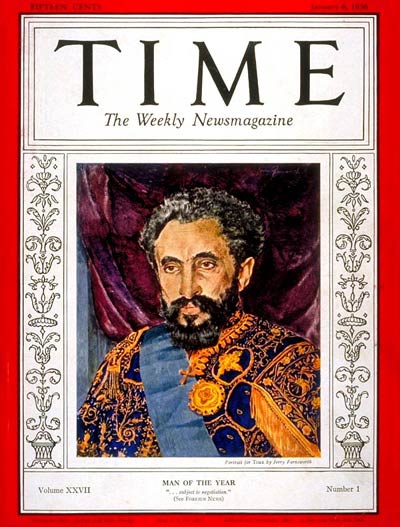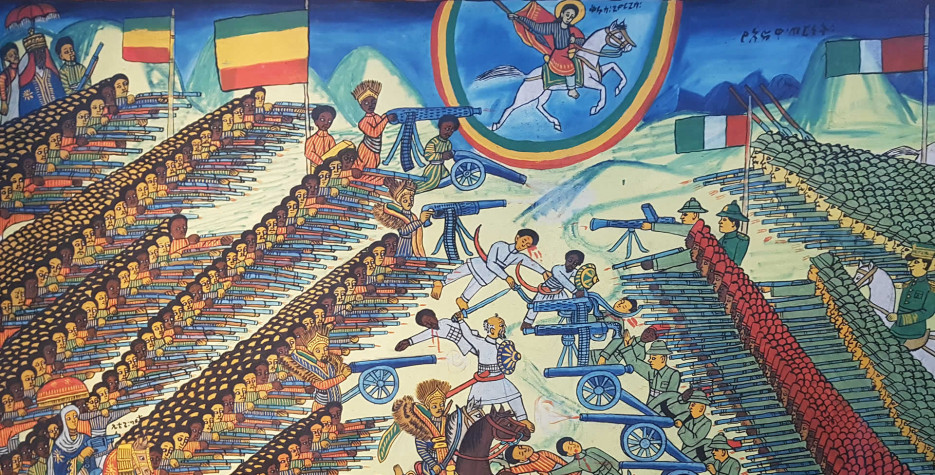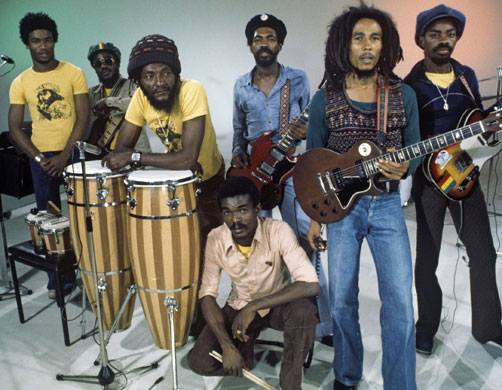As the sun rises over the Bosporus, painting Istanbul's skyline with hues of gold and orange, I'm reminded of a different sunrise - one from my homeland, Ethiopia. Since moving here in 2014, Turkey's mesmerizing blend of cultures and its vibrant spirit captivated me. But alongside its beauty, I've also witnessed the nation grapple with economic uncertainties.
Being a foreigner provides a unique perspective. My Ethiopian heritage makes me no stranger to economic challenges, yet every country's dance with adversity is distinct.
Future Perspectives Amidst Chaos
Economic turbulence universally impacts the human psyche. According to a study in the Journal of Economic Psychology, financial instabilities can lead to heightened stress, influencing decision-making processes. People begin to opt for immediate rewards over long-term benefits, a phenomenon termed 'future discounting'.
Leyla, an Ankara-based school teacher, reflects this sentiment, "For us, it's not just about the immediate challenges. It's about weaving dreams for the next generation." Her words echo findings from the University of Oxford that suggest individuals in fluctuating economies are more likely to prioritize short-term well-being over long-term planning.
The Comfort in Routines and Traditions
Ahmet, a software developer from Izmir, introduced me to a Harvard study on the brain's dopamine release during familiar routines. "In uncertain times," he elucidates, "seeking comfort in the known – like my morning tea ritual – can be a brain's coping mechanism."
And it's not just individual routines; collective traditions play a role too. During my time here, I've seen how community bonding, reminiscent of Ethiopian traditions, fortifies resilience. Stanford University research supports this, indicating strong community ties can be protective during economic adversities.
Drawing Parallels, Seeking Wisdom
Economic challenges, whether in Addis Ababa or Ankara, often amplify societal ties. A global study in the Journal of Socio-Economics suggests that countries experiencing economic shifts witness a resurgence in traditional values and communal activities.
Dilara, a therapist in Istanbul, believes this resurgence has therapeutic roots. "Humans, by nature, gravitate towards familiarity in times of stress. It's our brain's way of seeking anchorage."
Conclusion: Through Ethiopian Eyes in Turkish Times
As the Bosporus witnesses another sunset, I see a tale of two countries: my Ethiopian roots and my Turkish residence. Both nations, with their shared spirit of resilience and community, dance gracefully amidst economic storms. It's a testament to human adaptability, hope, and an undying zest for life, a story backed by both heartfelt experiences and scientific insights.







.jpg)











